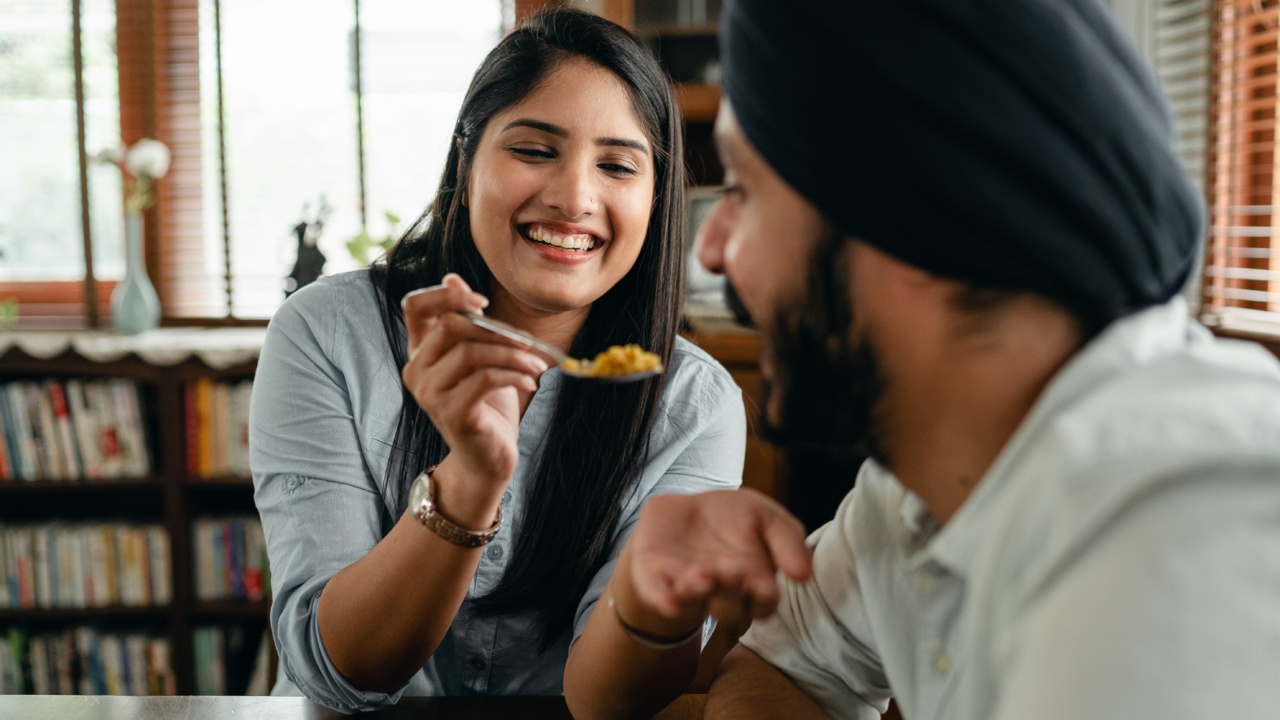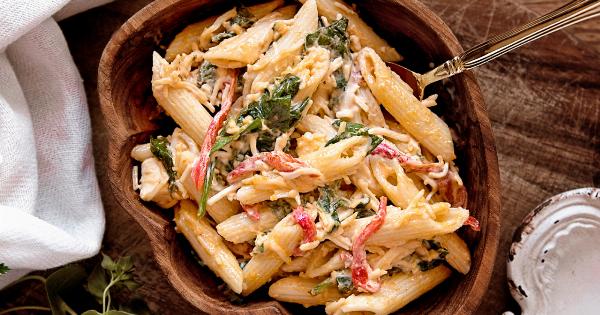Diabetes is a chronic disease that affects millions of people worldwide. It occurs when your blood sugar levels are consistently high, leading to many complications. One of the most important factors when it comes to managing diabetes is your diet.
People with diabetes need to pay close attention to the foods they eat and the amount of carbohydrates they consume. Carbohydrates are the type of nutrient that affects blood sugar levels the most, and rice is one of the most common sources of carbohydrates in the world. So, is rice safe to eat if you have diabetes? Let’s find out.
What Is Rice?
Rice is a cereal grain that is the most widely consumed staple food for a large part of the world’s human population. It is the seed of the grass species Oryza sativa or Oryza glaberrima.
Rice can be categorized as either whole grain or refined, depending on the degree of processing. Whole grain rice (also known as brown rice) is the unrefined version of rice, where only the inedible outer hull is removed.
Refined rice (also known as white rice) is the processed version of rice, where the outer hull, bran, and germ are removed, leaving just the starchy endosperm.
Is Rice Safe for Diabetics?
Rice is safe to eat for diabetics as long as it is consumed in moderation and as part of a balanced diet. The key is to choose the right type of rice and to watch your portion sizes.
Whole grain rice is a better choice than refined rice as it contains more fiber and nutrients that can help regulate blood sugar levels. Fiber is a type of carbohydrate that is not digested by the body, so it does not contribute to blood sugar spikes. Instead, it slows down the absorption of other carbohydrates, including those found in rice.
It also helps you feel fuller for longer, which can help you control your weight.
Another important consideration when it comes to eating rice is portion size. Even healthy foods can be harmful if consumed in excess.
The American Diabetes Association recommends that people with diabetes should aim for a maximum of 45-60 grams of carbohydrates per meal. This equates to around 1/3 to 1/2 cup of cooked rice. It is also important to pay attention to the Glycemic Index (GI) of the rice you are eating. The GI is a measure of how quickly a food raises blood sugar levels.
High GI foods (GI of 70 or above) can cause blood sugar spikes, while low GI foods (GI of 55 or below) are absorbed more slowly and cause a slower rise in blood sugar levels.
Types of Rice Suitable for Diabetics
When it comes to choosing rice, there are many different varieties available. Here are some of the best types of rice for people with diabetes:.
Brown Rice
Brown rice is a whole grain rice that is a good source of fiber, magnesium, and B-vitamins. It has a lower GI than white rice and is digested more slowly, which means it does not cause a rapid rise in blood sugar levels.
Brown rice can be used in a range of dishes, including salads, stir-fries, and casseroles.
Basmati Rice
Basmati rice is a fragrant and flavorful type of rice that is popular in Indian and Middle Eastern cuisine. It has a lower GI than other types of white rice and is often used as a substitute for white rice in pilafs and other rice-based dishes.
Wild Rice
Wild rice is not actually a true rice but is the seed of an aquatic grass. It is higher in protein and fiber than other types of rice and has a lower GI. It has a nutty flavor and can be used in a range of dishes, including soups and salads.
Types of Rice to Avoid if You Have Diabetes
While there are many types of rice that are good for people with diabetes, there are also some types of rice that should be avoided. These include:.
White Rice
White rice is a refined rice that has been stripped of its bran, germ, and fiber. It is high in carbohydrates and has a high GI, which means it can cause a rapid rise in blood sugar levels. It should be avoided or eaten in moderation.
Instant Rice
Instant rice is a type of pre-cooked rice that has been dried and then processed to cook faster. It is often higher in sodium and sugar than other types of rice and should be avoided or eaten in moderation.
Arborio Rice
Arborio rice is a type of short-grain white rice that is used to make risotto. It has a high GI and should be avoided or eaten in moderation.
Conclusion
Rice can be a safe and healthy food for people with diabetes as long as it is consumed in moderation and as part of a balanced diet.
Whole grain rice is a better choice than refined rice, and it is important to watch portion sizes and pay attention to the GI of the rice you are eating. By making informed choices about your diet, you can help manage your blood sugar levels and lead a healthier life.





























